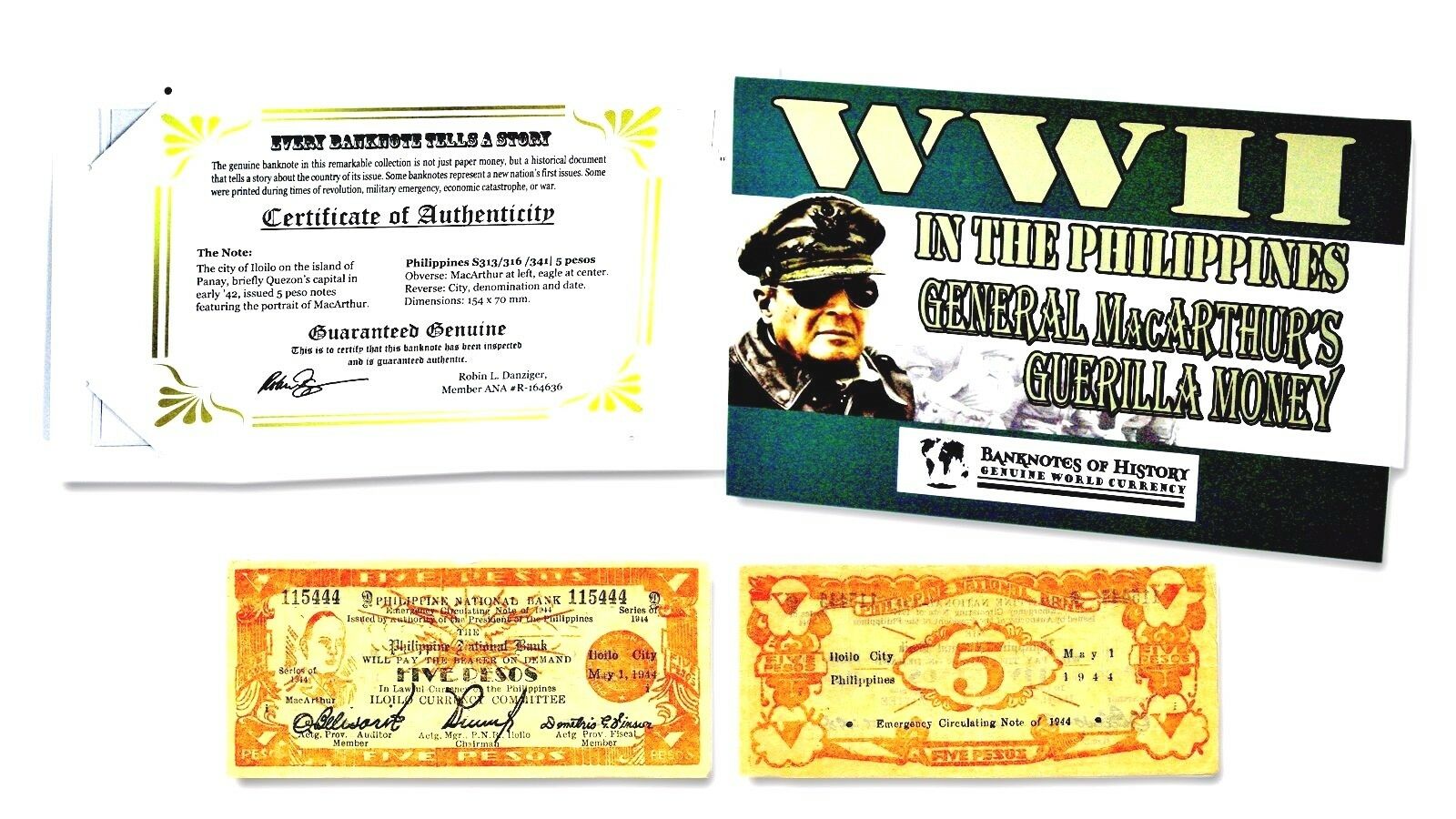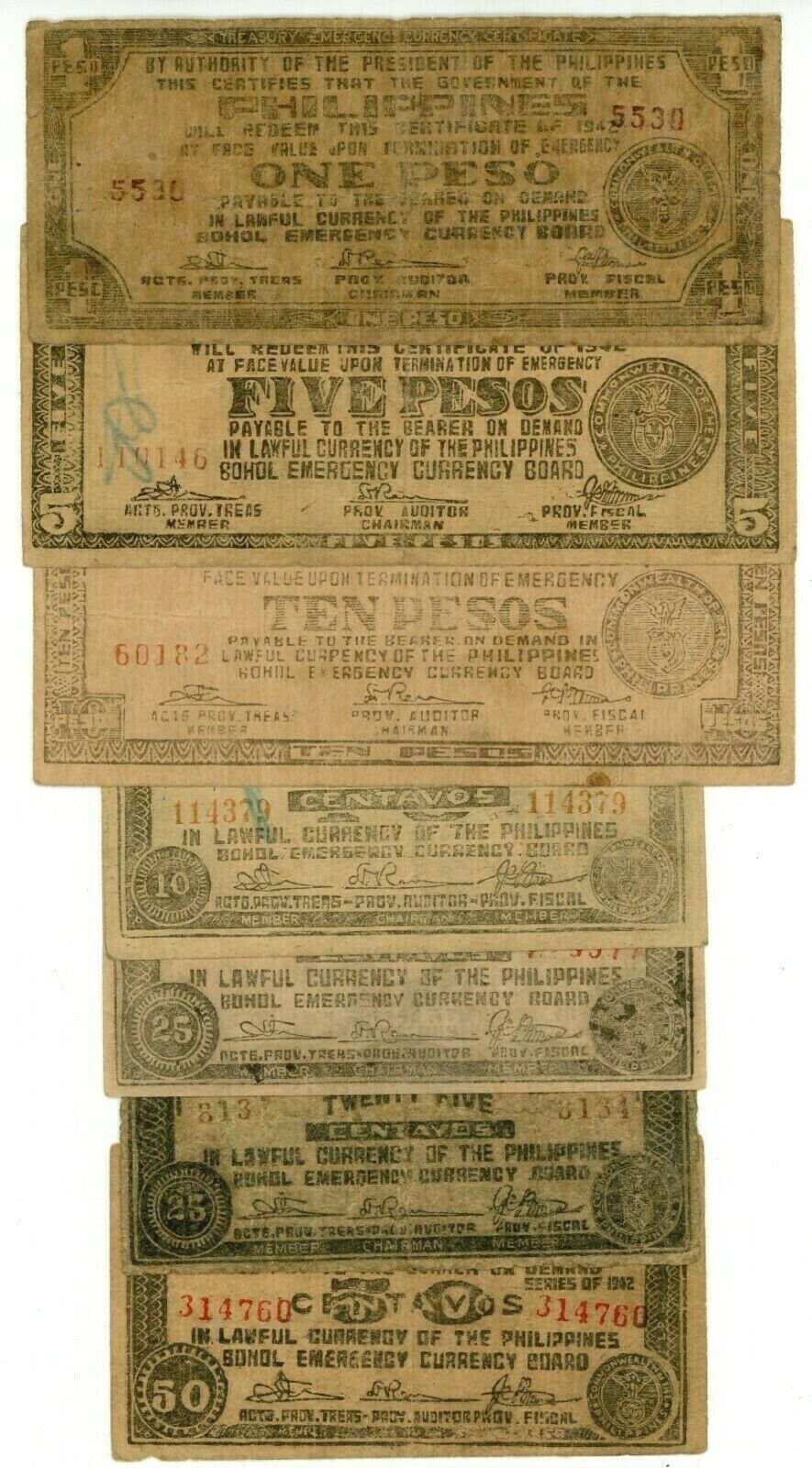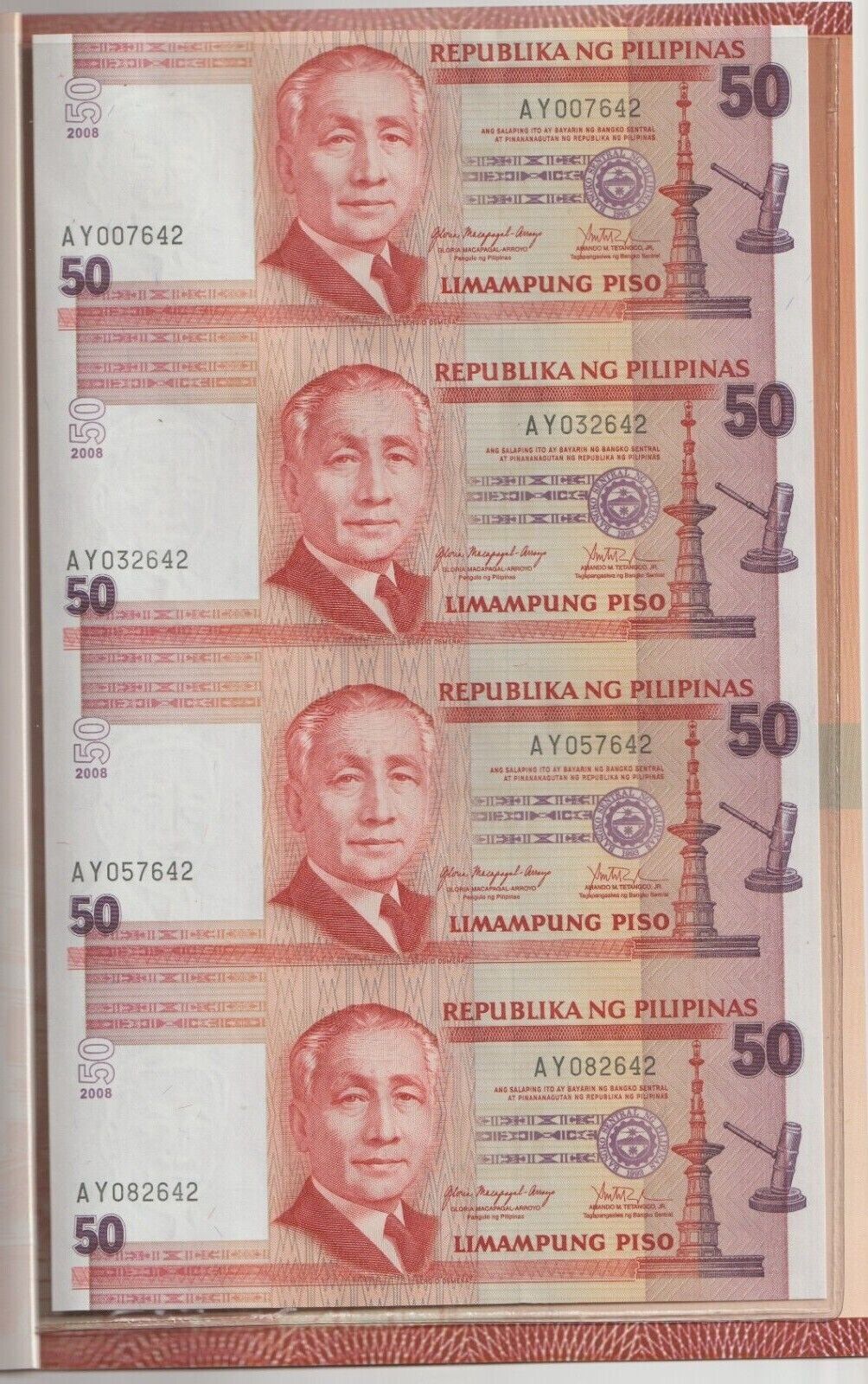-40%
WWII Philippines General MacArthurs 5 Pesos Guerilla Money Banknote & Story
$ 12.96
- Description
- Size Guide
Description
WWII Philippines General MacArthurs 5 Pesos Guerilla Money Banknote & Story With beautiful Folder.
Issued by guerilla forces operating in the Japanese occupied Philippines during the Second World War, this crude “guerilla money” features the portrait of US general Douglas MacArthur, who spent many years of his life in the Philippines.
When he was promoted to Supreme Commander of the Southwest Pacific in 1942, Douglas MacArthur was no stranger to the Philippines. His father had been military governor of the U.S. territory in 1900 . One of his first assignments after graduating from West Point was to accompany the senior MacArthur on a tour of army bases throughout Asia; he was stationed in Manila when he was promoted to first lieutenant in 1904. In 1935, at the behest of his longtime friend Manuel Quezon, the Philippine president, MacArthur retired from the army to serve as Military Advisor to the newly-formed Commonwealth of the Philippines. In J uly of 1941, President Franklin D. Roosevelt recalled MacArthur to active duty, naming him Commander of the U.S. Army Forces Far East, stationed in the Philippines. On December 7, 1941, the J apanese bombed Pearl Harbor; the next day, they invaded the Philippines. By Christmas, imperial boots were on the ground in the main island of Luzon. The capital city of Manila was captured on J anuary 2, 1942. Two months later, the Americans were in full retreat, with MacArthur reluctantly decamping to Australia. The notorious Bataan Death March, in which some 10,0 00 surrendered soldiers perished, took place that April. It was not until October 20, 1944 that MacArthur made good on his famous promise to return to the Philippines. By the end of that year, the southern islands of Leyte and Mindoro were liberated; as the calendar flipped to 1945, the fate of the occupation was clear, although it took eight more months for the last J apanese general to surrender. The J apanese occupation was brutal, but the imperial forces only ever controlled some 40 percent of Filipino territory. The rest of the region was in the hands of local guerilla fighters, who fought bravely for their independence. One of their methods of waging war was economic: J apanese invasion forces quickly demonetized the extant local currency in favor of its own occupation notes, which went into circulation immediately. Guerillas refused to use the new money, instead printing its own alternative. These “emergency issues” were printed by the guerilla fighters, and also local committees in the free provinces, under the authority of Philippine president Quezon from his government-in-exile. Peso notes and also fractions were printed on a variety of makeshift presses with any kind of improvised paper and inks that could be obtained. Hundreds of different varieties were printed in most of the 49 different island provinces. The resulting banknotes were often quite crude, but nevertheless effective at boosting the moral of the Filipino people and the freedom fighters that tormented the J apanese garrisons. The city of Iloilo on the island of Panay, briefly Quezon’s capital in early in ’42, issued 5 peso notes featuring the portrait of MacArthur. The city of Iloilo on the island of Panay, briefly Quezon’s capital in early ’42, issued 5 peso notes featuring the portrait of MacArthur.
Over 22,000 positive feedbacks
ANA
Platinum Member # 3163853
All Items Ship Priority Mail.










